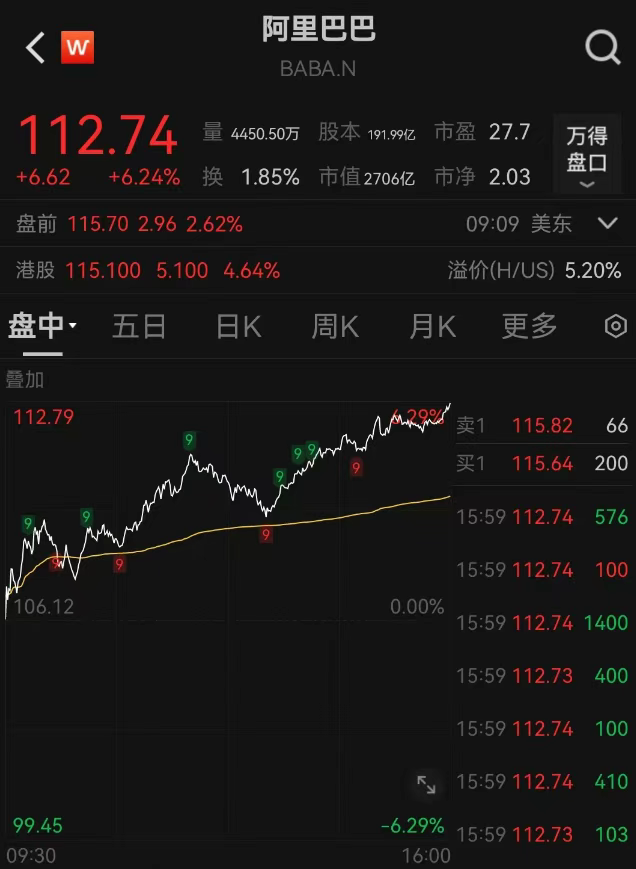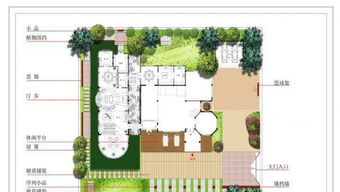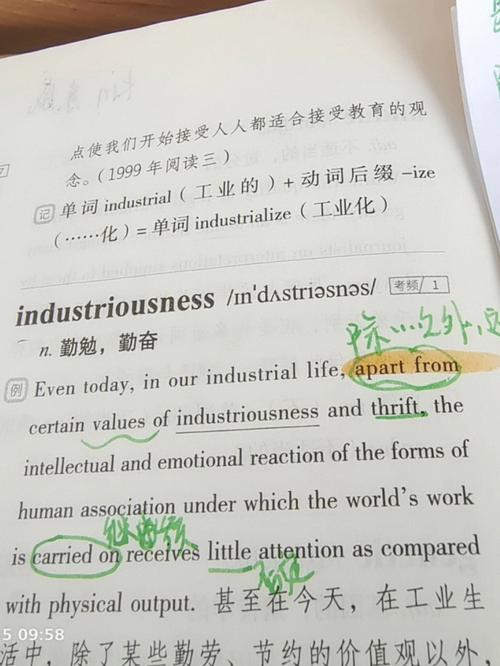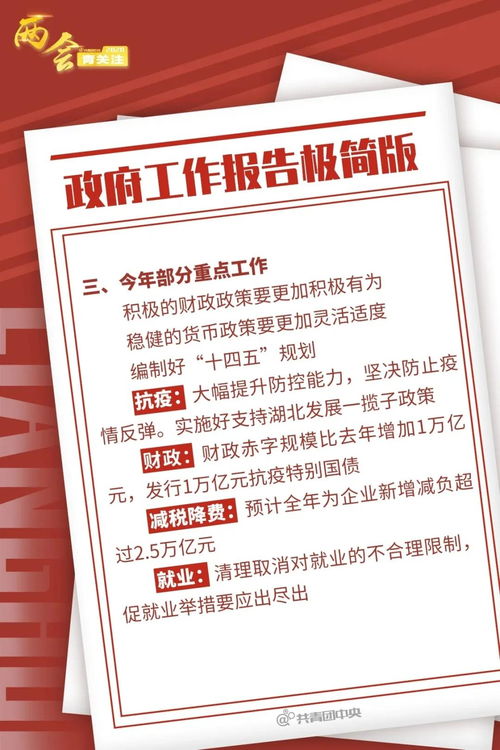艺术类考研英语二有考4.6级别人吗
Title: Mastering the Art of Acing the Artistic Graduate Entrance Exam in English (Part II)
Introduction
In the realm of art, expression knows no linguistic boundaries. Yet, when it comes to academic pursuits like the Artistic Graduate Entrance Exam in English, mastering the language becomes paramount. This guide aims to equip aspiring candidates with essential strategies, linguistic finesse, and cultural insights necessary to excel in this specialized domain.
Understanding the Exam
The Artistic Graduate Entrance Exam in English assesses candidates' comprehension, analytical skills, and critical thinking abilities within the context of artrelated topics. It typically comprises sections focusing on reading comprehension, writing, and possibly speaking.
Reading Comprehension
1. *Strategies*:
Skim through the passage first to grasp its overall theme.
Pay attention to keywords and phrases that indicate the main idea, supporting details, and author's opinion.
Practice active reading by engaging with the text through annotations and summarization.
2. *Example Question*:
Passage: Analyzing the impact of postmodernism on contemporary art.
Question: How has postmodernism influenced the artistic landscape of the 21st century?
Writing
1. *Structural Tips*:
Start with a clear thesis statement that addresses the prompt.
Organize your ideas logically, using paragraphs to separate different arguments or points.
Support your arguments with relevant examples or evidence.
2. *Language and Style*:
Aim for clarity and coherence in your writing.
Vary sentence structures to maintain reader engagement.
Demonstrate a nuanced understanding of artrelated terminology and concepts.
3. *Sample Prompt*:
Prompt: Discuss the role of technology in shaping contemporary art practices.
Approach: Outline the historical evolution of technology in art, examine its impact on artistic expression, and speculate on future trends.
Speaking (if applicable)
1. *Preparation Strategies*:
Practice articulating your thoughts coherently and confidently.
Familiarize yourself with common artrelated topics and terminology.
Record yourself speaking and review for clarity, fluency, and pronunciation.
2. *Sample Topic*:
Topic: Debate the significance of public art installations in urban spaces.
Approach: Present arguments supporting the integration of public art for cultural enrichment and community engagement, while addressing potential criticisms or challenges.
Cultural Insights
1. *Artistic Movements*:
Familiarize yourself with major artistic movements and their key proponents (e.g., Renaissance, Impressionism, Abstract Expressionism).
Understand the sociopolitical contexts that influenced these movements and their enduring impact on art history.
2. *Contemporary Trends*:
Stay updated on current trends and debates within the contemporary art world.
Explore interdisciplinary intersections between art, technology, environmentalism, and social justice movements.
Conclusion
Mastering the Artistic Graduate Entrance Exam in English requires a multifaceted approach encompassing linguistic proficiency, critical thinking skills, and cultural awareness. By honing your reading, writing, and possibly speaking abilities, as well as cultivating a deep understanding of artistic concepts and contexts, you can navigate this academic challenge with confidence and finesse.

Additional Resources
Online platforms offering practice tests and study materials.
Art exhibitions, museums, and galleries for firsthand exposure to diverse artistic expressions.
Language exchange programs or speaking clubs to improve oral communication skills.












评论